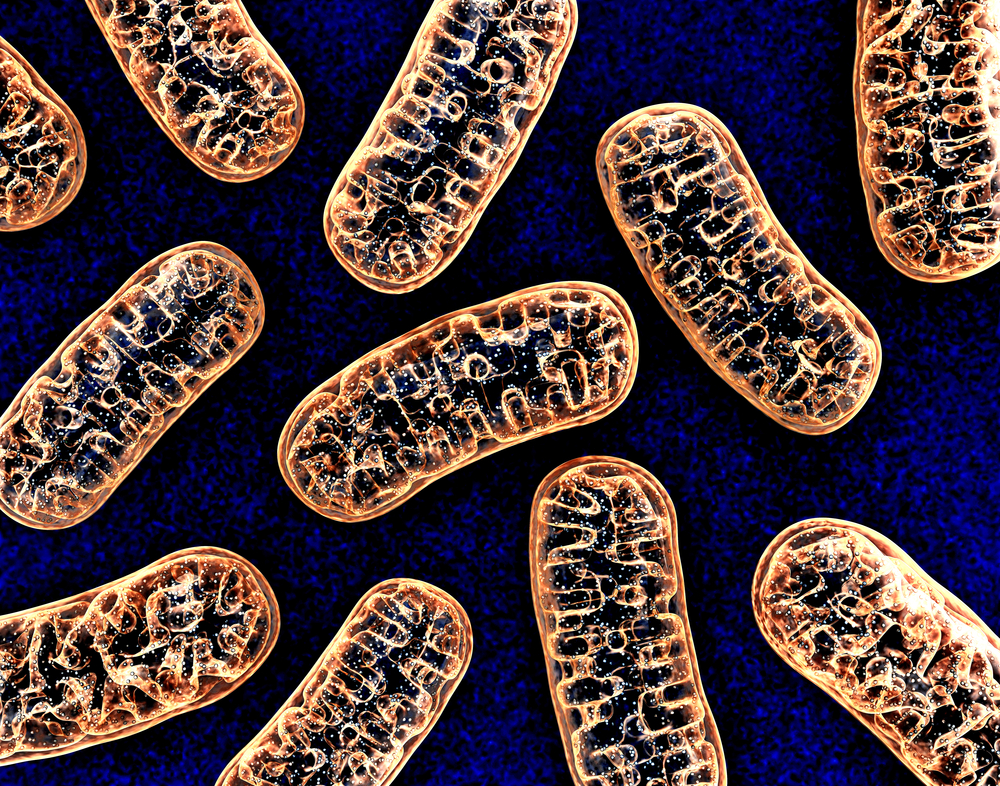Mutations in Gene Tied to CMT2K Seen to Affect Cellular Energy and Oxidative Stress in Early Study

Mutations in the GDAP1 gene — which are linked to Charcot-Marie-Tooth disease type 2K (CMT2K) — can affect how well mitochondria are able to keep cells supplied with essential energy, a lab study reports.
However, the severity of mitochondrial impairment varies according to a mutation’s site within the gene.
The study “Oxidative stress contributes differentially to the pathophysiology of Charcot-Marie-Tooth disease type 2K” was published in the journal Experimental Neurology.
Mutations in the GDAP1 gene — which encodes a protein that contributes to energy production in cells — are linked to CMT2K, among other subtypes. The healthy gene produces a protein found in mitochondria, which are considered a cell’s powerhouse. It is particularly prevalent in nerve cells in the brain, spinal cord, and the specialized cells running along the spinal cord that are known as dorsal root ganglia.
GDAP1 was shown to protect nerve cells from the damaging effects of oxidative stress, a condition characterized by an imbalance between the body’s production of free radicals and its ability to counteract their harmful effects.
The site of mutations within the GDAP1 gene, however, carry differences in severity: one mutation (called p.C240Y) that affects the ability of GDAP1 to protect against oxidative stress is linked with faster disease progression compared to other mutations, like p.R120W.
Researchers at the University Hospital of Angers, in France, analyzed skin cells (fibroblasts) from CMT2K patients carrying the p.C240Y (three people) or the p.R120W mutation (also three). They assessed the impact of each mutation on oxidative stress on these cells by comparing them to cells taken from three people without this disease serving as controls.
Results showed that mitochondria activity in fibroblasts with the p.C240Y mutation was 50% lower than in control cells, while fibroblasts with the p.R120W mutation was 30% lower. Moreover, the mitochondria’s ability to produce energy (in the form of molecules called ATP) was significantly lower (by 40%) in cells carrying either mutation, again compared to control cells.
These changes were accompanied by a significant increase (by 40%) in the production of reactive oxygen species (ROS) — the potential damaging molecules release during oxidative stress — in fibroblasts carrying the p.C240Y mutation compared to controls. In contrast, no signs of oxidative stress were seen in fibroblasts carrying the p.R120W variant.
“These results strongly suggest that ROS overproduction depends on the mutation location and might modulate CMT2K pathophysiology [development],” the researchers wrote.
They also treated the two mutated fibroblasts with resveratrol — a potent — at two concentrations, low (10 μM) or high (25 μM). Treatment with the higher dose of resveratrol helped restored mitochondria’s activity in p.C240Y and p.R120W mutated fibroblasts.
“This study provides further evidence for the critical role of mitochondrial dysfunction in the pathogenesis [disease development] of CMT2K associated with GDAP1 mutations,” the researchers wrote.
“The oxidative stress reduction may thus constitute a promising therapeutic strategy against the consequences of mitochondrial dysfunction in CMT2K,” the study concluded.






